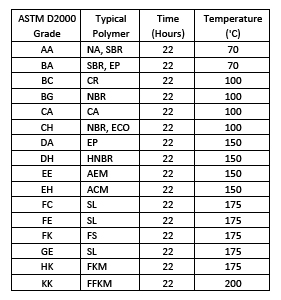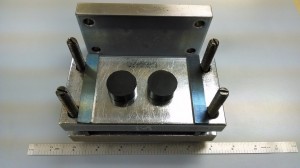A compression set can be defined as a permanent deformation that takes place lower than the yield point of the material. It is akin to creep, cold flow, or stress relaxation.
Why are compression set characteristics important?
Rubber compounds permanently deform under strain. This permanent deformation is of particular concern when elastomers are used to create seals. Decreasing seal force has the potential to create leaks over time.
As an example, a typical O-ring cross section is shown below.
Figure 1 represents a cross section of a new O-ring placed in a groove. The O-ring cross-section is round. Figure 2 shows a cover installed which compresses the O-ring. Figure 3 represents the cross-section of an O-ring after extended use. The O-ring cross-section has permanently deformed to take the shape of the groove it which it was compressed. The degree to which the elastomer has permanently deformed is a function of the type of elastomer, temperature, time, and chemical interactions.
Figure 1: Virgin O-ring placed in groove

Figure 2: The cover is installed which compresses the O-ring

Figure 3: The cover is removed and the O-ring has taken a set

Figure 4: Comparison of original and used cross-sections
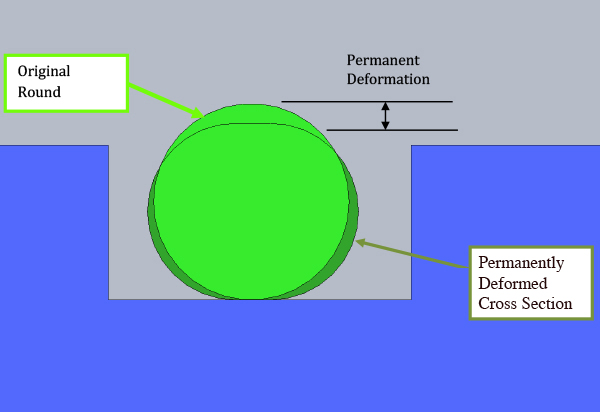
Testing for Compression Set
Several test methods exist for quantifying the compression set of elastomers. Two common test methods are ASTM D-395 and ASTM D-1414. Both test methods use the same test apparatus, but different test specimens.
A constant deflection test apparatus is shown below. The test procedure is as follows:
1.) Rubber specimens are measured to determine their height.
2.) Spacers measuring 75% of the specimen height are installed.
3.) The plates are tightened down to ensure the fixture plates are in complete contact with the spacers.
4.) The fixture containing the compressed specimens is put into a temperature chamber for a prescribed time at a certain temperature.
5.) The specimens are removed from the fixture and, after 30 minutes, their heights are measured. Results are computed and expressed as a percentage. Zero compression set means that the test specimen completely returned to its original height. One hundred percent compression set means that the test specimen remained in the deformed position and did not recover at all when removed from the fixture.
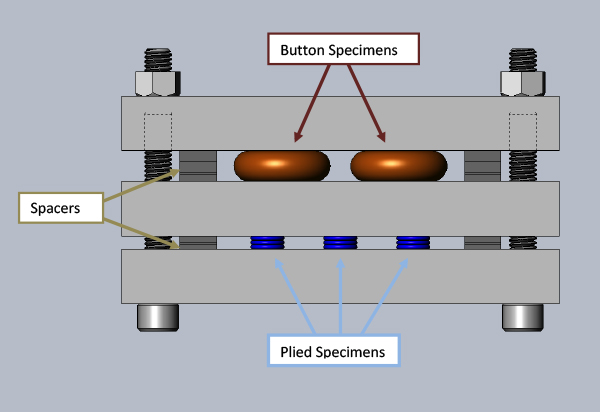
- ASTM D-395 Method B / Option 2 / Type 2 calls for three specimens, each to be 0.24 inches in thickness and 0.51 inches in diameter. The specification allows for the use of plied specimens, which means that specimens can be cut from a standard 0.080 -inch-thick test slab and stacked together for testing.
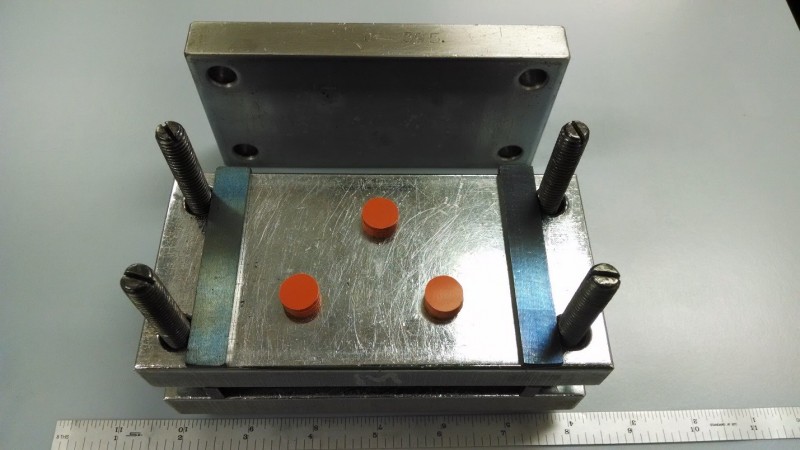
- ASTM D-395 Method B / Option 1 / Type 1 calls for two specimens, each to be 0.49 inches thick by 1.14 inches in diameter.
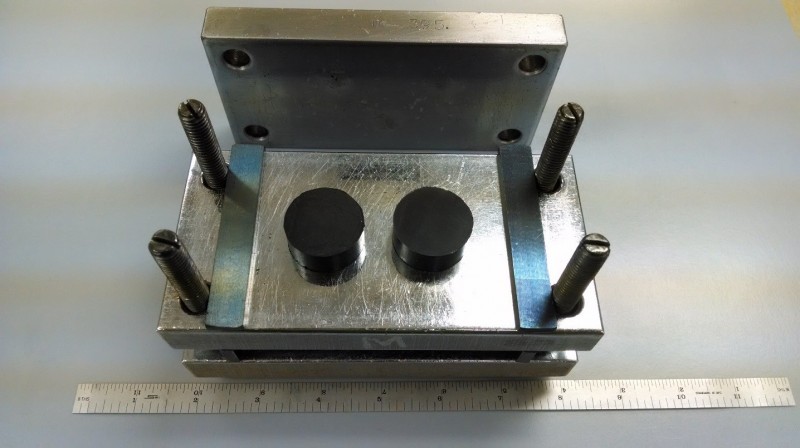
- ASTM D1414 Method B requires an O-ring or an O-ring cross-section for testing.
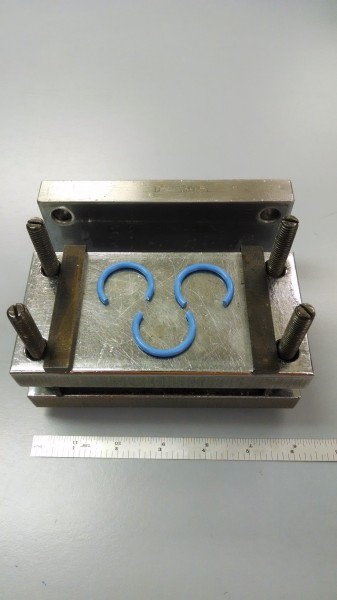
Rubber compounds are tested based on the temperature range of the polymer.
Shown below is the typical test temperature for polymers as listed in the ASTM D2000. It is very important to consider application temperature when looking at compression set testing data.
Customers sometime see a high compression set for a material that is tested at l50’C, for example, when the application might be just room temperature. If the compression set is done at the lower temperature, the results are typically far better than at the elevated temperature. This can mislead customers to think the compound will not work when the rubber compound would actually exceed their requirements.
Table 1: Testing Temperature for different polymers according to ASTM D2000
